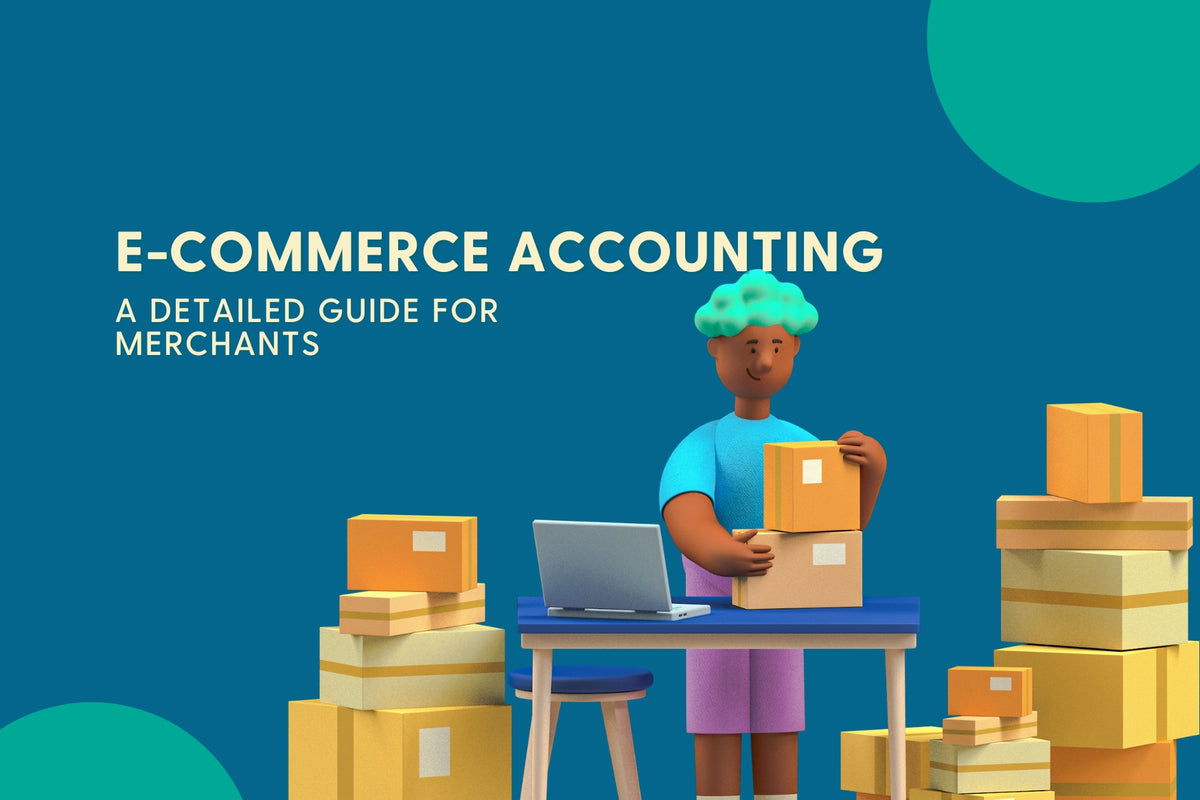Product recommendation has been long known as an effective upselling and cross-selling strategy in the eCommerce world. It is the silent salespeople who can nudge customers towards items they might like, often influencing the buying decision right at the brink of purchase.
With the advancement of technology, especially the growing involvement of Artificial Intelligence and Machine Learning (AI/ML), many new recommendation engines are introduced to online businesses. Today, we're comparing two predominant types: rule-based recommendations and AI-powered recommendations. As an online store owner, understanding the nuances between these approaches helps you choose the ideal models for your online empire.
What Is the Rule-Based Product Recommendation Approach?
Since the beginning of eCommerce and product recommendation on eCommerce stores, rule-based recommender systems have been a mainstay. This approach is the standard for any product recommendation tools out there.
A predefined set of conditions, such as products with the same categories, tags, vendors, metafields, etc, is used to suggest recommended products. For example, to create a "You might also like" product recommendation, you can set a rule based on collections. Once customers view a specific product, the recommender system will automatically cross-sell other similar items (as they share the same collection).

"You might also like" recommendation widget.
As with any technological solution, there are both advantages and disadvantages to implementing a rule-based product recommendation system in an eCommerce store.
Pros of Rule-Based Product Recommendation Systems
Predictability and Control
No one can understand the business more than its staff. Therefore, rule-based recommender engines give full control over the recommendation process to merchants. Users can define their own set of rules and conditions and change them whenever needed. They can set rules that align with their current promotional strategies or cater to inventory needs. For example, you can clear out old inventory by setting rules to recommend older stock alongside newer items.

Since the rules are defined by humans, the outcomes of rule-based systems are predictable. This makes it easier for store owners to anticipate their effect on inventory and marketing.
Easy to Understand and Implement
Simplicity is the reason why rule-based recommendation can keep their popularity for a long time. The logic behind rule-based systems is straightforward. Hence, recommendation tools that take on this approach are affordable and accessible.

Set up rule-based recommendations in Boost AI Search & Discovery
Store owners and staff of all levels find it easy to implement and manage recommendations based on their own setup rules. There's no need for complex algorithms or data analysis expertise.
Transparency and Consistency
It's clear why each product is recommended, which can be explained to customers and staff alike. This transparency can build trust and aid in customer service.
Rule-based systems ensure a consistent customer experience because the same input will always produce the same output as long as the rules don't change.
Cons of Rule-Based Product Recommendation Systems
Despite a wide range of benefits, rule-based product recommendations have a few drawbacks (that's why it's necessary to develop new approaches and new models).
Lack of Personalization
In the fast-paced eCommerce world, personalization is the key competitive edge that can bring success to retailing giants. A start-up store may ignore personalization due to the cost of adoption, but this is not the case for eCommerce leaders. Customers want to be treated as individuals.
However, rule-based systems don't adapt to individual user behavior. This approach does not learn from customer interactions nor take into account purchasing history. Consequently, it can't adapt to changing customer preferences or trends unless manually updated. After all, customers won't feel the same level of personalization that more advanced systems like the AI-driven one can offer.
Potential for Irrelevance Due to Over-simplification
Customer preferences and behaviors are complex and can't always be accurately captured by predefined rules, leading to potentially oversimplified recommendations.
This also leads to a risk of recommending products that are not relevant to the individual shopper since they're derived from broad rules instead of tailored to specific user data.
Scalability is Difficult
The fluid nature of inventory in eCommerce necessitates frequent revisions and modifications to the rules governing product recommendations. When merchants need to update rule-based recommendations, again and again, it is no longer easy to use and implement. This ongoing maintenance is not only laborious but also demands a substantial allocation of resources.
Moreover, as the store's inventory expands, the task of formulating and administering these rules for every individual product escalates in complexity. It soon reaches a point where this method is not feasible anymore, as the intricate web of product interactions and the sheer volume of items make it a daunting, if not impractical, endeavor to manage efficiently. This growing intricacy requires a scalable solution that can adapt to the evolving landscape of product offerings without overwhelming the merchants with constant rule-setting and adjustments.
To summarize
Rule-based product recommendation systems can be a valuable tool for eCommerce stores when used in the right context. They offer control and simplicity but lack the personalization and scalability offered by more advanced AI-driven systems.
Who should use this approach to implement online product recommendations?
For businesses with limited inventories or those that are just starting out, rule-based recommendations may serve as an excellent initial step toward more sophisticated recommendation systems in the future. However, as the business grows, it often becomes necessary to adopt more advanced systems that can cater to the nuanced preferences of a diverse customer base.
What Is an AI-Powered Recommendation Approach?
AI-powered recommendation engines represent the next step in the evolution of eCommerce personalization. They leverage advanced machine learning algorithms to automatically analyze vast amounts of data, learn customer preferences, and predict which products a user might want to see. All is done to generate personalized recommendations for each customer.
Various factors such as browsing behavior, purchase history, and customer demographics to provide highly accurate and relevant product suggestions are the input of AI-driven product recommendations. It is a step towards a more intuitive and dynamic eCommerce experience.
Pros of AI-powered product Recommendation Systems
Personalization and Adaptive Learning
In the eCommerce industry, AI-driven recommendation engines leverage a wealth of data, including individual user actions, historical purchases, and browsing tendencies. Data sources used by AI systems are boundless. This rich tapestry of information, therefore, facilitates a highly personalized shopping journey, significantly enriching the customer experience.

The sophistication of these systems lies in their capacity to not just provide a snapshot of customer preferences but to actively learn and refine their suggestions through ongoing customer engagement. As consumer tastes and habits evolve, the AI intuitively adjusts, maintaining the relevance and accuracy of its recommendations. This dynamic adaptation, attuned to the ever-shifting landscape of consumer behavior, positions AI as a powerful catalyst for bolstering sales and cultivating customer loyalty.
Efficiency and Scalability
Harnessing the power of advanced technology, AI-driven systems streamline the recommendation process by automating it. You and your staff won't need to double-check the recommendation rules or update them whenever there is a change in customer behavior. More valuable time and resources are available for other sales and marketing efforts.
Another big bonus point of AI-powered product recommendation is the ability to manage extensive inventories and intricate customer datasets. These systems offer a scalable solution that aligns with the growth of your eCommerce enterprise, ensuring that as your business expands, the technology adeptly keeps pace.
Cons of AI-Powered Product Recommendation
Complexity and Cost of Implementation
Getting an AI recommendation system up and running isn't always a walk in the park. It often involves a steep learning curve, and you might find yourself in need of a tech wizard or an outside expert to tackle the tricky bits.
Many eCommerce tools have been released to deliver the hard work and help online merchants implement product recommendations with AI easily. Still, the pricing of these tools can be a problem. These high-tech AI setups usually carry a heftier price tag compared to their more straightforward, rule-based cousins. This means for small-scale online shops running on a tight budget, splurging on a fancy AI system might not be in the cards just yet.
Data Requirements
Kicking off a smart AI recommendation engine is a bit like revving up a big data-hungry beast – it needs a lot of information to get going.
If you're running a brand-new or smaller shop, chances are you haven't accumulated enough customer data to feed the beast, so your AI might not hit the ground running as effectively as you'd hoped.
These systems tend to get sharper and more on-point with their suggestions as they snack on more data over time. So, in the early days, you might notice that the AI is more like a rookie guessing your customers' tastes, but give it enough data to munch on, and it'll start predicting hits like a seasoned pro.
Boost AI Search & Discovery also has a workaround for the data-lacking issue. We have developed fall-back models for AI-powered product recommendations. A fall-back model works like a backup when the cutting-edge powerhouse is collecting data. Once there is enough input for the AI-powered recommendation, the algorithms are automatically switched.

Less Control
Unlike rule-based systems, store owners have less direct control over the exact products that are recommended, as the AI decides based on its algorithms. Unpredictability makes it difficult for you to see how the recommendation widgets will show up from a customer's perspective. Sometimes, the results might not be what you expect, but you can't change anything either.
That's why we are working hard to release some settings to let users control and predict the recommended products. Stay tuned for the update!
To summarize
AI-powered recommendation engines can transform the ecommerce experience by offering unmatched personalization and efficiency. The depth of personalization they offer can lead to significantly higher conversion rates. Plus, they free up human resources from the manual tasks associated with rule-based systems.
Who should implement AI-powered product recommendations?
The complexity and the need for substantial data and investment may make this AI tool more suited for medium to large eCommerce operations ready to leverage big data for sales growth.
Choosing the Right Path
As we step into the future of eCommerce, AI-powered recommendation systems are becoming more accessible, even for smaller operations. While rule-based recommendations have their place, the dynamic and personalized nature of AI is hard to ignore.
The hybrid approach is where many forward-thinking companies land. They start with rule-based systems to establish a baseline and then introduce AI to take over as their store scales and data accumulates. For stores aiming to provide a sophisticated, customer-centric shopping experience, the investment in AI could pay dividends in customer loyalty and increased sales.
Ultimately, whether you choose the steadfastness of rule-based recommendations or the adaptive power of AI, the goal remains the same: delivering the right product to the right customer at the right time. And with today's technology, the power to do that is at your fingertips.




